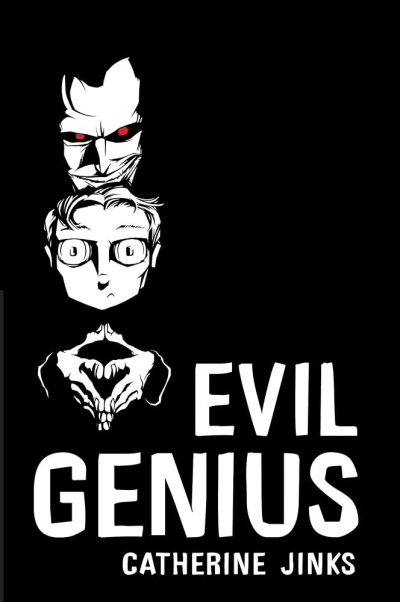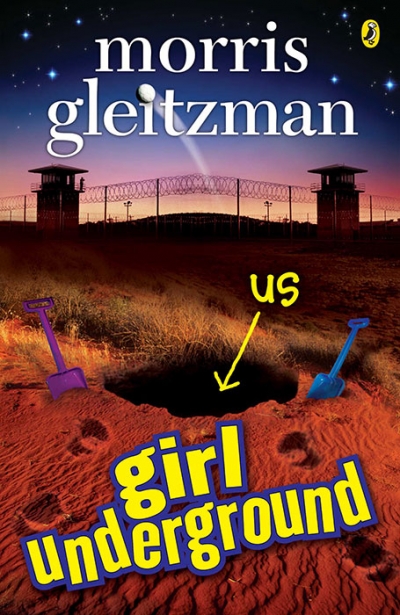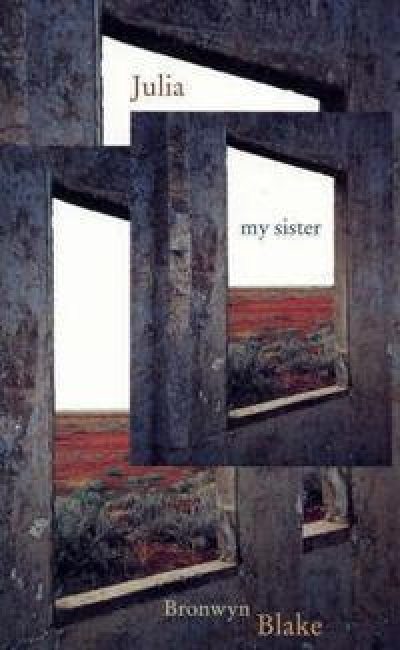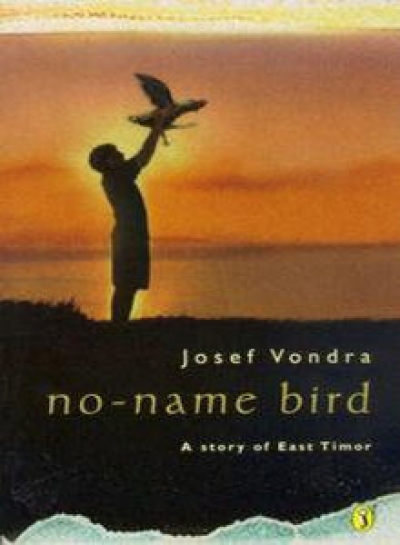Young Adult Fiction
Does My Head Look Big in This? by Randa Abdel-Fattah & Still Waving by Laurene Kelly
by Anna Ryan-Punch •
The Silver Donkey by Sonya Hartnett & Camel Rider by Prue Mason
by Dianne Schallmeiner •
Girl Underground by Morris Gleitzman & Tiff and the Trout by David Metzenthen
by Margaret MacNabb •
The Winter Door by Isobelle Carmody & Shædow Master by Justin D'Ath
Julia My Sister by Bronwyn Blake & Thambaroo by Jane Carroll
by Robyn Sheahan-Bright •
Water Colours by Sarah Walker & Bad Girl by Margaret Clark
by Robyn Sheahan-Bright •










